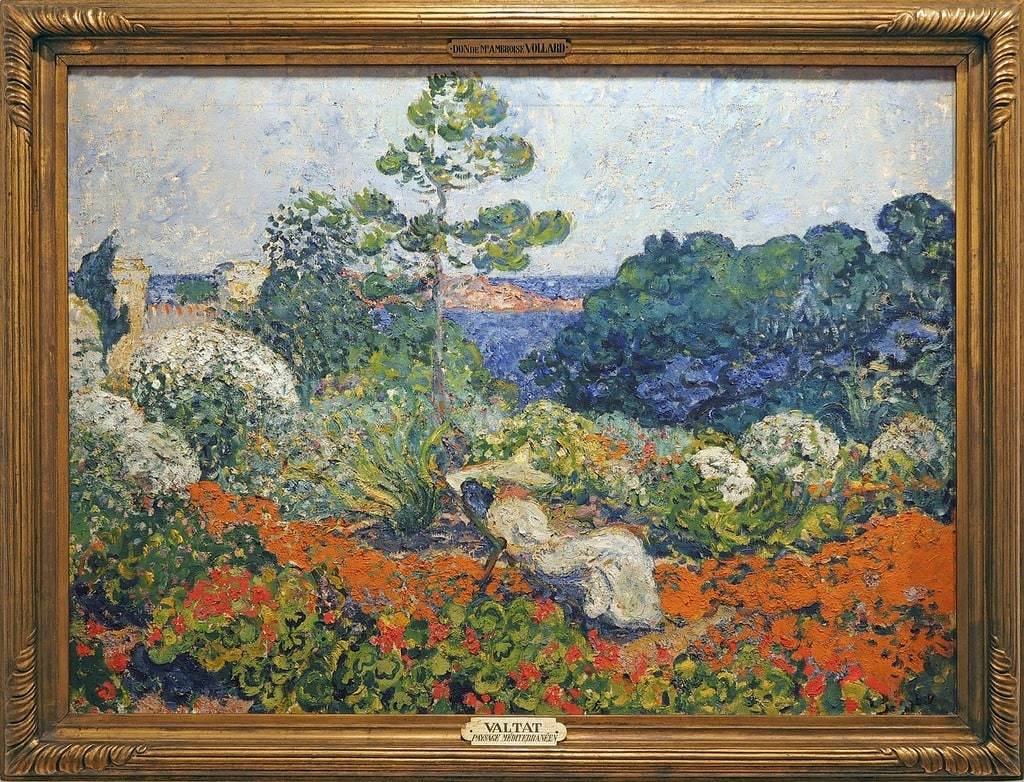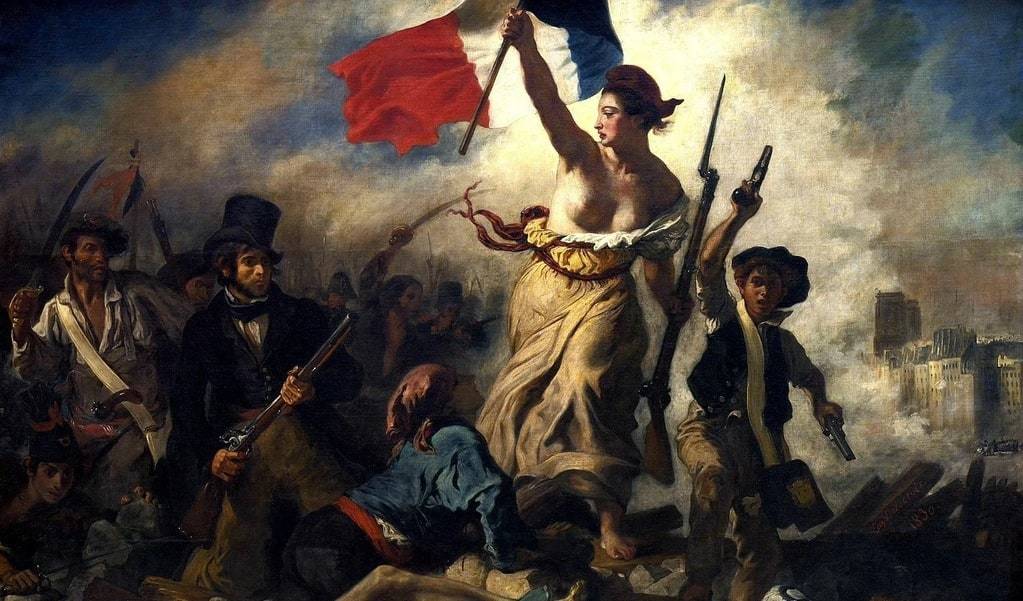The role of history in contemporary art movements
The relationship between history and contemporary art is a complex interplay of inspiration, reaction, and reinterpretation. Contemporary art movements are not created in isolation; they are deeply influenced by the past, whether as a source of inspiration or as a framework to be challenged and transformed. Artists today often engage with historical themes, techniques, and narratives, reinterpreting them through modern lenses and techniques. This dynamic interaction between past and present breathes new life into old stories, making them relevant for today’s audiences.
Contemporary Art’s Reflection and Reinterpretation of Historical Narratives
The evolution of contemporary art has seen artists drawing from historical events, cultural traditions, and the legacy of previous art movements. Many modern artists take inspiration from the styles and themes of earlier periods, such as the Renaissance, Baroque, or the avant-garde movements of the 20th century. These historical references are not mere imitations but serve as a means to question and explore the present. For instance, the revival of classical techniques by some contemporary artists might be viewed as a critique of digitalization and the transient nature of modern media.
Art movements like Neo-Expressionism, which emerged in the late 20th century, showcase how historical styles can be adapted to convey contemporary issues. By revisiting past art forms, artists create a dialogue between the present and the past, offering new interpretations of both. This dialogue enriches the understanding of art as a continuum rather than a series of disconnected movements.

History as a Medium for Social and Political Commentary
Many contemporary artists use historical references to comment on social and political issues. By drawing parallels between historical events and current affairs, they provide a deeper understanding of today’s world. For example, the use of colonial-era imagery can serve to critique modern-day issues of race, power, and identity. In this way, history becomes a tool for activism, where art is not just a form of expression but also a form of resistance.
The blending of historical contexts with contemporary issues allows artists to make powerful statements about society. This technique is prevalent in movements such as Postmodernism, where artists like Jean-Michel Basquiat and Kara Walker employ historical imagery to address themes of oppression and inequality. Their works provoke reflection on how history is often written by those in power, and how the voices of the marginalized are frequently omitted or misrepresented.
The Influence of Technological Advancements on Historical Art Forms
The advent of digital technology has revolutionized the way historical art forms are perceived and recreated. With tools like virtual reality and digital painting, contemporary artists can reimagine classic artworks or create new pieces that incorporate historical elements in innovative ways. These technological advancements enable a fusion of traditional and modern techniques, resulting in a hybrid art form that is both familiar and novel.
For example, digital installations that use historical paintings as a backdrop can offer an immersive experience, allowing the audience to engage with the art on a deeper level. Such projects demonstrate how technology can be a bridge between the past and the present, making historical art accessible and relevant to new generations. This interplay of technology and history challenges traditional perceptions of what art can be and how it can be experienced.
List of Key Points to Consider
The integration of history into contemporary art is multifaceted, and several factors play a role in this relationship :
- Influence of previous art movements: how historical styles and techniques are adapted in modern contexts.
- Social and political commentary: the use of historical references to discuss contemporary issues.
- Technological advancements: the impact of digital tools on the reinterpretation of historical art forms.
- Cultural identity and heritage: exploration of personal and collective histories through art.
- Reappropriation and reinterpretation: how artists reinterpret historical narratives to create new meanings.
The Role of Cultural Heritage in Shaping Contemporary Art
Cultural heritage plays a significant role in the development of contemporary art. Artists often draw upon their personal or collective histories to create works that reflect their identities and experiences. This engagement with cultural heritage can manifest in various forms, from the use of traditional techniques to the exploration of themes related to migration, memory, and diaspora.
By incorporating elements of their heritage, artists contribute to the preservation and evolution of cultural traditions. They also create a space for dialogue about the ways in which these traditions intersect with modern life. Such works encourage audiences to consider the complexities of cultural identity and the ongoing impact of historical events on contemporary society.
Beyond the Boundaries of Time: art as a Living Archive
Contemporary art serves as a living archive, capturing not only the essence of the present but also the echoes of the past. By engaging with historical themes and techniques, artists ensure that these narratives continue to evolve and resonate. Art becomes a means of keeping history alive, not as a static record but as a dynamic process that is constantly reinterpreted and reimagined.
This ongoing dialogue between past and present demonstrates that history is not merely a backdrop for contemporary art but an integral part of its fabric. In this way, the role of history in contemporary art movements is not just to reflect what has been but to actively shape what is yet to come.
